
The Comet Panic of 1910, Revisited | Science History Institute
“Some farmers in Germany declined to plant crops that spring, reasoning that they would die before anything ripened. Creditors began defaulting on bank loans, deciding to live it up while they had time. Snake-oil salesmen peddled “comet pills” as a supposed antidote to celestial toxins. Bartenders promised similar protection: if you had enough scotch or whiskey in your bloodstream, they claimed, cyanogen couldn’t touch you. A broker in Los Angeles began selling “comet insurance,” offering $500 cash to the families of anyone killed by Halley’s passage.”

Reading the Horizon/Lapham's Quarterly
“For thousands of years, Indigenous peoples of the Caribbean and the Gulf and Atlantic coasts had come to know the telltale signs of a hurricane’s approach—a shrouded horizon at sunset, humid breezes thick with salt, shorebirds finding safe roost, shifts in gusting winds from east to west.”
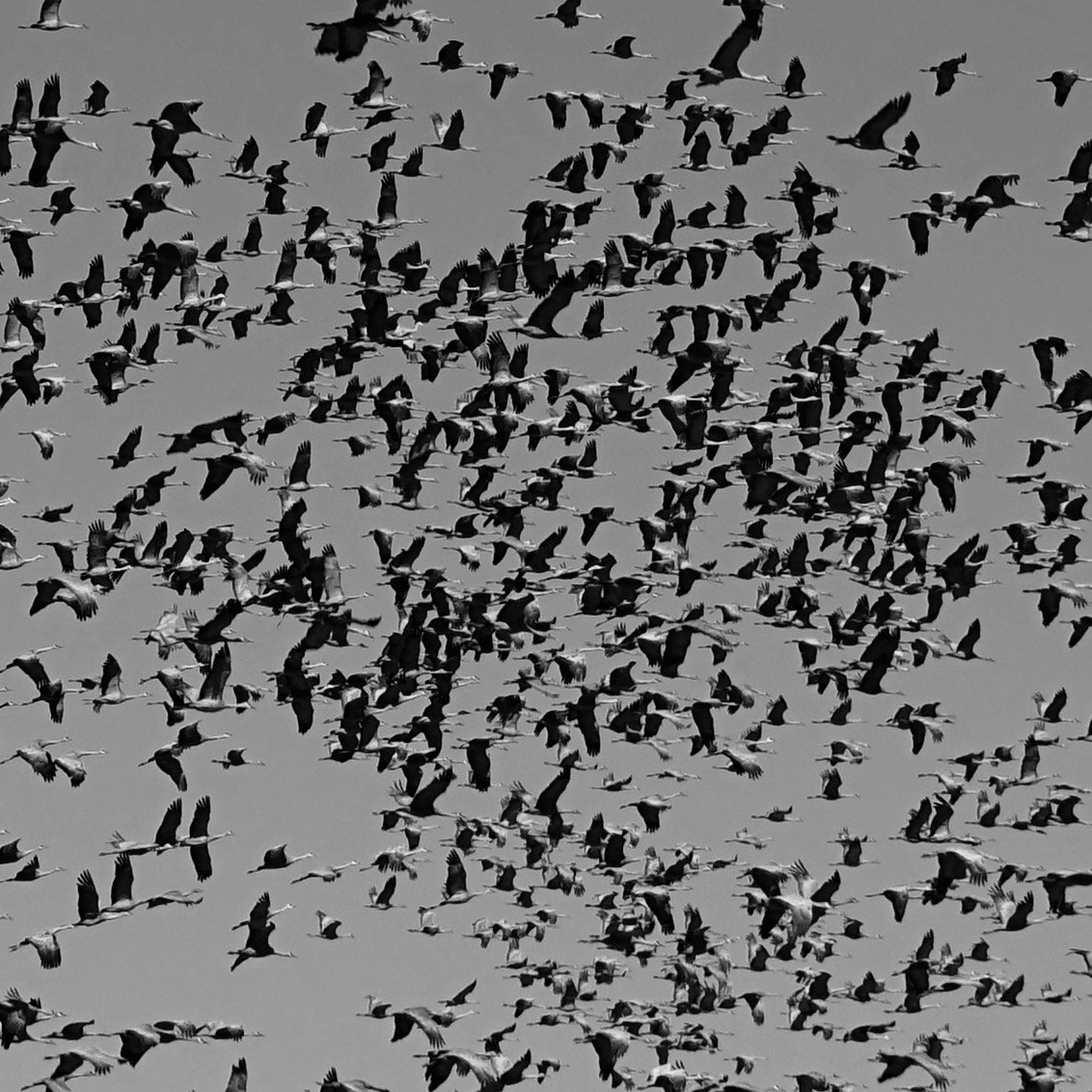
Lotfi Zadeh and the Birth of Fuzzy Logic | IEEE Spectrum
“A multitude of other outspoken critics also disputed the theory of fuzzy logic, developed by Lotfi A. Zadeh in the mid-1960s. Some 20 years were to pass before the theory became widely accepted.[…] Even today some critics remain. But Zadeh never wavered. He had found himself alone in his scientific opinions on several earlier occasions.”
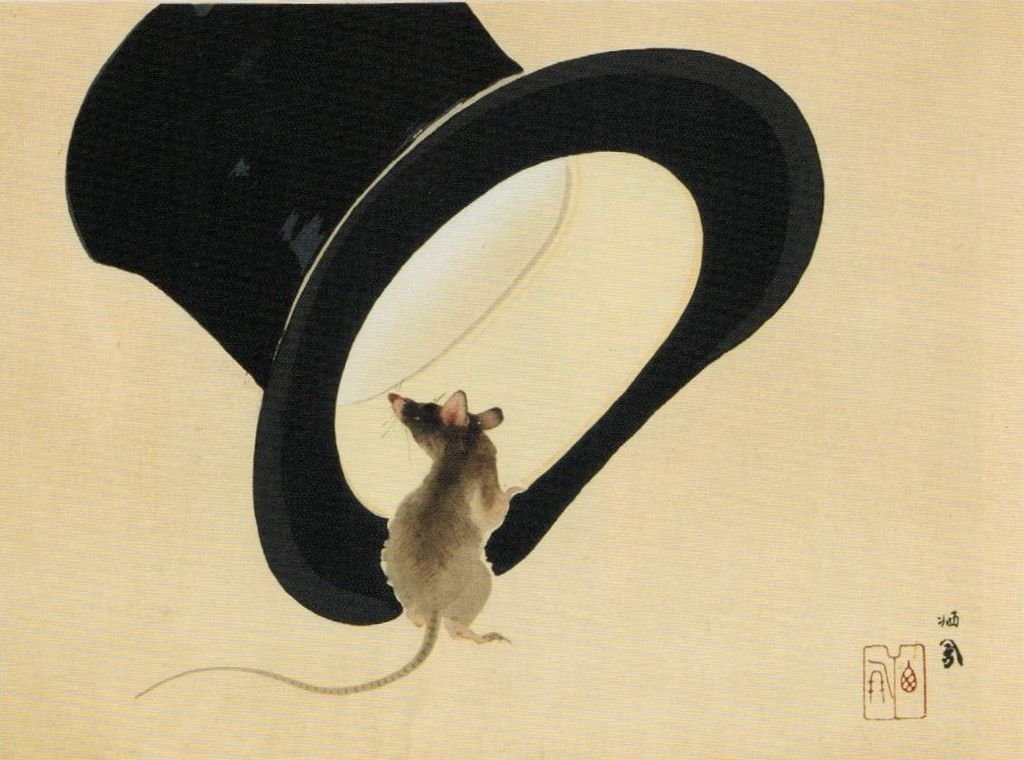
Mouse Heaven or Mouse Hell | Distillations | Science History Institute
“Ultimately Calhoun’s work functions like a Rorschach blot—people see what they want to see. It’s worth remembering that not all lab experiments, especially contrived ones such as Universe 25, apply to the real world. In which case, perhaps the best lesson to learn here is a meta-lesson: that drawing lessons itself can be a dangerous thing.”

Santiago Ramón y Cajal and Ants | Nautilus
“The horrendous European war of 1914 was for my scientific activity a very rude blow,” Cajal recalled. “It altered my health, already somewhat disturbed, and it cooled, for the first time, my enthusiasm for investigation.”
““In about twenty or thirty years, when the orphans of the present war will be men, the same stupendous massacre will be repeated,”

AI's First Philosopher | Aeon
“He wants to extend his work on the machine still further towards the biological side. I can best describe it by saying that hitherto the machine has been planned for work equivalent to that of the lower parts of the brain, and he wants to see how much a machine can do for the higher ones; for example, could a machine be made that could learn by experience?”

The Simple Usefulness of the Secchi Disc | Science History Institute
“In 1865 Pope Pius IX decided he needed more accurate measurements of the turbidity of the Mediterranean Sea. His reasons were disputed even at the time—some sources say he wanted to measure water pollution in and around the Mediterranean; others that he wanted more reliable navigational charts; while still others maintained that he simply wanted written proof of the beauty and clarity of the sea’s waters. Whatever the reason, Pius IX wanted turbidity measurements standardized.”

Wealth or Science | John Tyndall on Michael Faraday
‘Tyndall’, he said at length, ‘I must remain plain Michael Faraday to the last; and let me now tell you, that if I accepted the honor which the Royal Society desires to confer upon me, I would not answer for the integrity of my intellect for a single year.’ I urged him no more, and Lord Wrottesley had a most worthy successor in Sir Benjamin Brodie.”

Calculate but Don't Shut Up | AEON
“If you want to figure out how an electron will behave as it moves in time through space, then you need to reach for quantum mechanics.
But there’s a problem.”

Telling Time in Tokugawa Japan: Physics Today
“In 17th-century Japan, Western clocks seemed nonsensical to consumers because they measured time in 24 equal hours and were dissociated from natural events like dawn and dusk. By contrast, the Japanese people divided their day into 12 unequal hours, following an ancient Chinese system introduced in Japan in the 7th century.”

Why Are There So Many Kinds of Phytoplankton ? | Hakai Magazine
“But a new study by Oregon State University ecologist Michael Behrenfeld and his colleagues seeks to solve the dilemma by taking a different perspective: the plankton’s.”
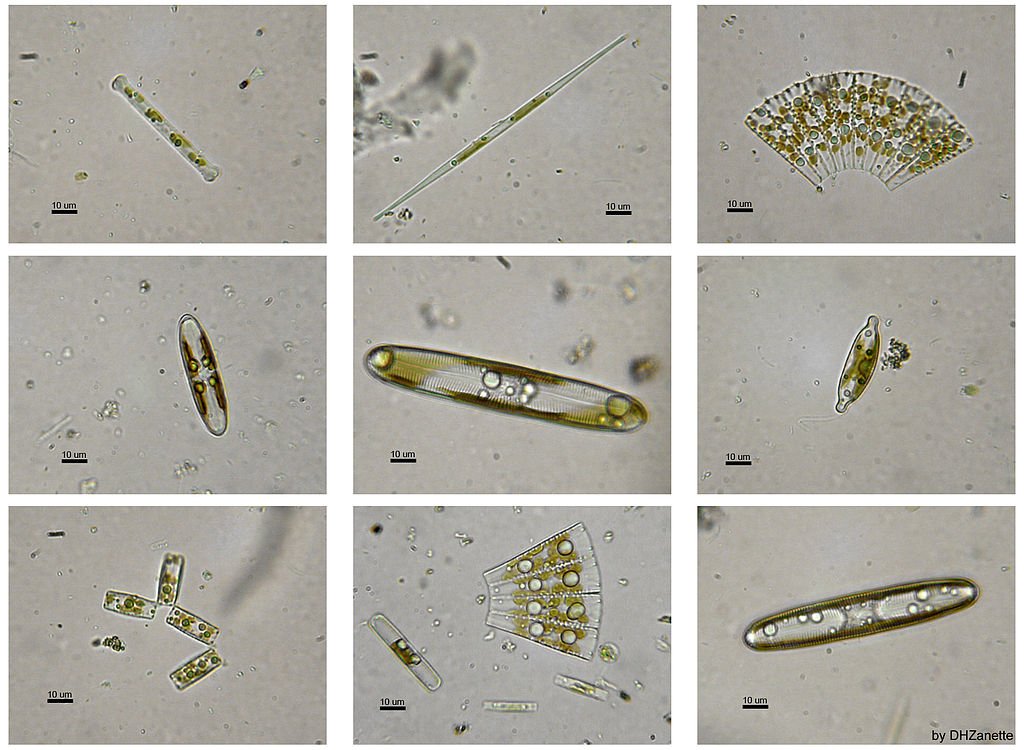
Ruth Patrick's Lovely Creatures | Distillations
“In 1946 she gave the talk that marked the turning point of her career. Speaking at a meeting of the American Association for the Advancement of Science, she showed how species of diatoms, a type of algae that make their own silica armor, could be used to judge water health.”

Vannevar Bush Invents the Future | Cosmos Magazine
“Whenever logical processes of thought are employed - that is, whenever thought for a time runs along an accepted groove - there is an opportunity for the machine. Formal logic used to be a keen instrument in the hands of the teacher in his trying of students' souls. It is readily possible to construct a machine which will manipulate premises in accordance with formal logic, simply by the clever use of relay circuits.”

The Cactaceae | Monograph | 1919 -1923 | Landmark Studies
“When struck by lightning or wounded in any other manner during the dry season, it recovers very rapidly by the formation of a heavy callus over the wounded spot. If it is wounded in the rainy season, however, bacterial decay sets in very rapidly and a large plant may be destroyed in less than a week as a result of a small wound. The nests made in them by woodpeckers are always lined by heavy callus and appear to occasion no permanent injury.”
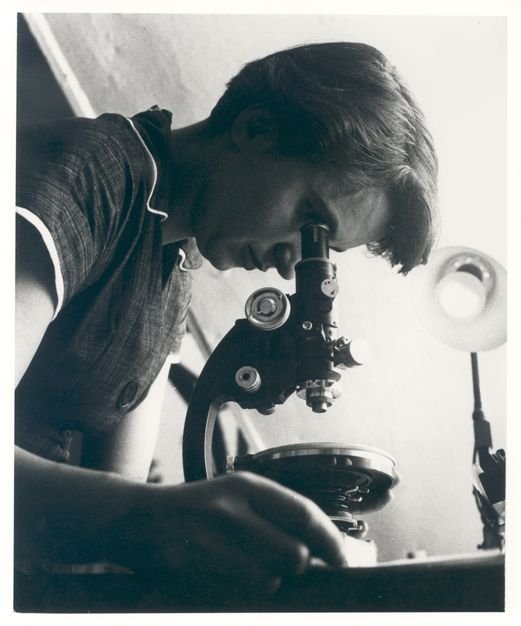
One of the Most Egregious Ripoffs in the History Of Science | Nautilus
“Markel is not the first to report one of the worst episodes in the double helix drama—that Wilkins, without Franklin’s knowledge, went into a file room and retrieved a photographic print, created by experiments designed by Franklin, and showed it to Watson. The print, “Photograph No. 51,” revealed that DNA had a three-dimensional form in the shape of a double helix.”

The Name of Microscope | The Microscope and Its Revelations
“As I also mention his new occkiale to look at small things and call it microscope, let your Excellency see if you would like to add that, as the Lyceum gave to the first the name of telescope, so they have wished to give a convenient name to this also, and rightly so, because they are the first in Rome who had one.”
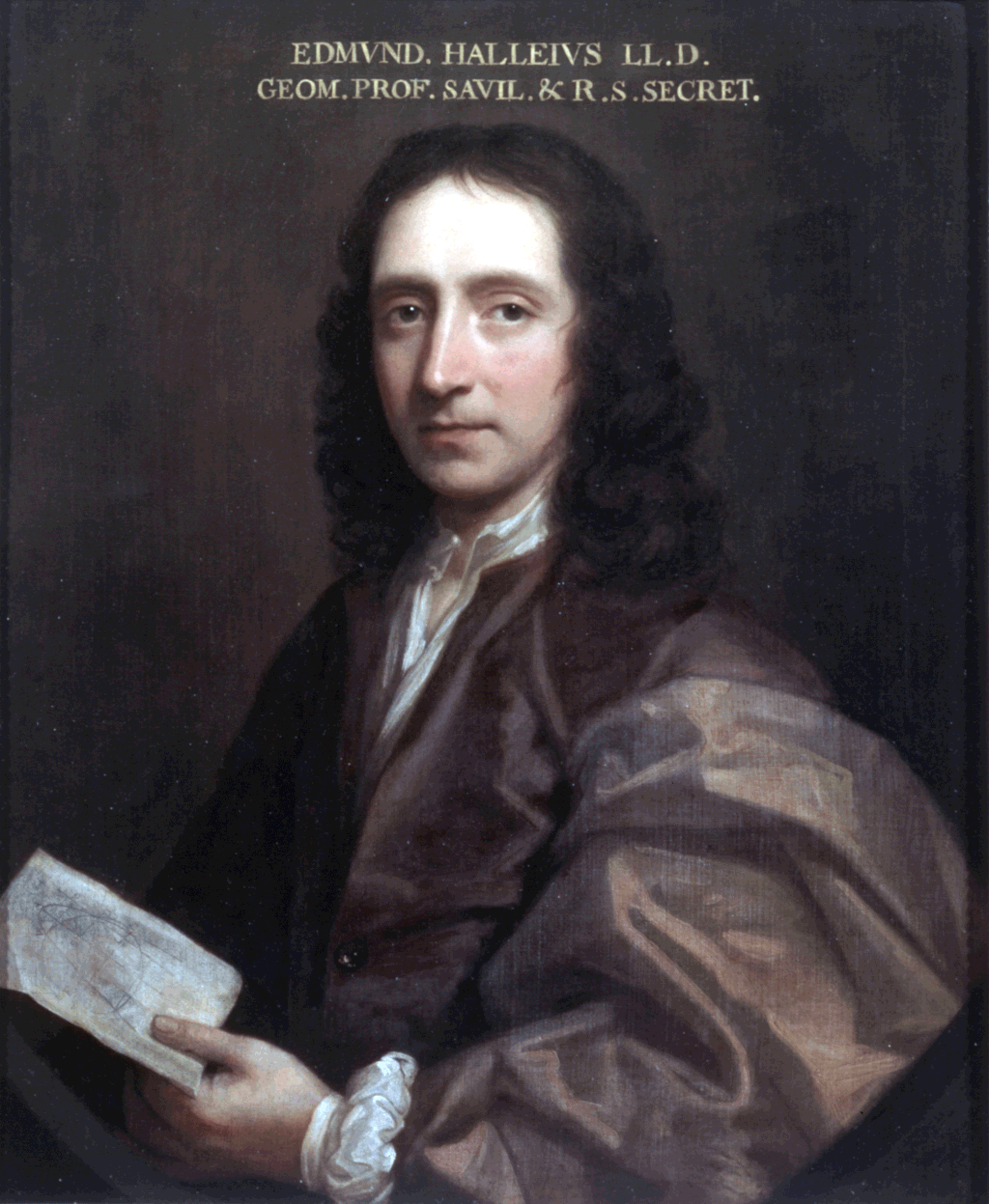
The Early Origins and Development of the Scatterplot | Journal of the History of the Behavioral Sciences
“Maps showing physical elevation iconically (mountains, valleys) had long been used, but in 1701, Edmund Halley (see reproductions in Thrower, 1981) introduced the idea of the contour map to show curves of equal magnetic declination (isogons), the first use of a data-based contour map of which we are aware.”

Darwin's Barnacles | Science History Institute
“We expect eurekas, sudden flashes of insight. We want drama. What Darwin did, hunched over those smelly barnacles, seems like the opposite of creativity—petty drudge work. But that patient, yearslong labor was actually critical.”

Can Statistics Help Crack the Mysterious Voynich Manuscript? | Knowable Magazine
“Voynich himself shrouded the manuscript in mystery. He was never clear in his lifetime about where it came from. He said he found it in a castle, but that seems like he was trying to be unclear about where he got it.”
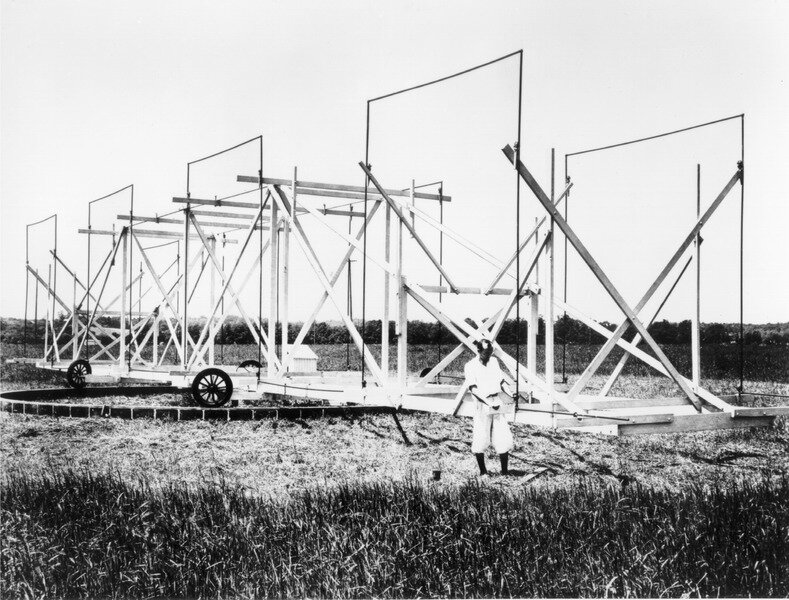
Book Review: The Mirage of a Town Without Cellphones | Undark
“Kurczy grounds readers with a brief but compelling history of radio astronomy: In 1931, scientist Karl Jansky accidentally discovered radio waves from space and presented his findings two years later. The field took off after World War II, and by the mid 1950s the National Science Foundation was ready to create a radio-astronomy research center — but where?”